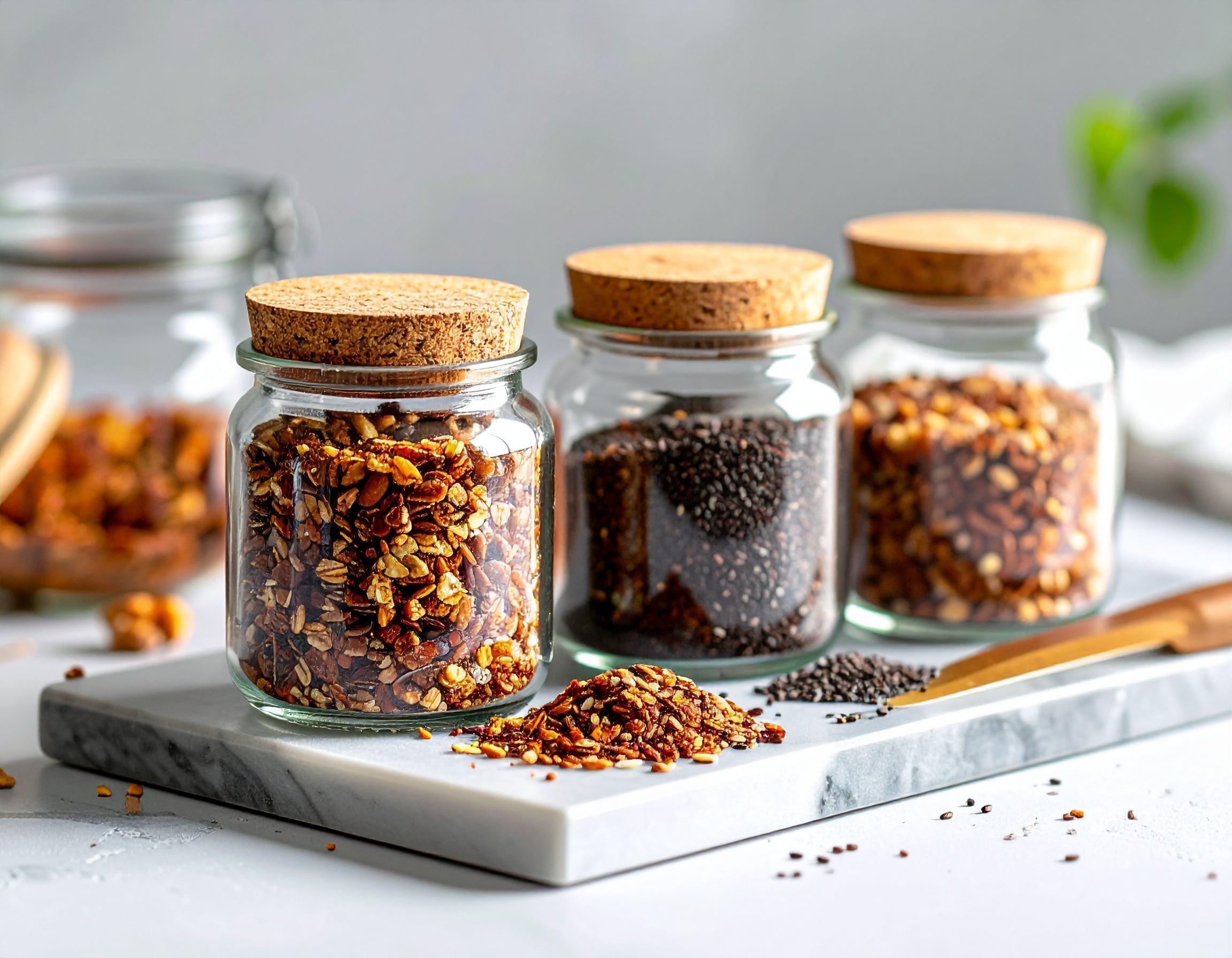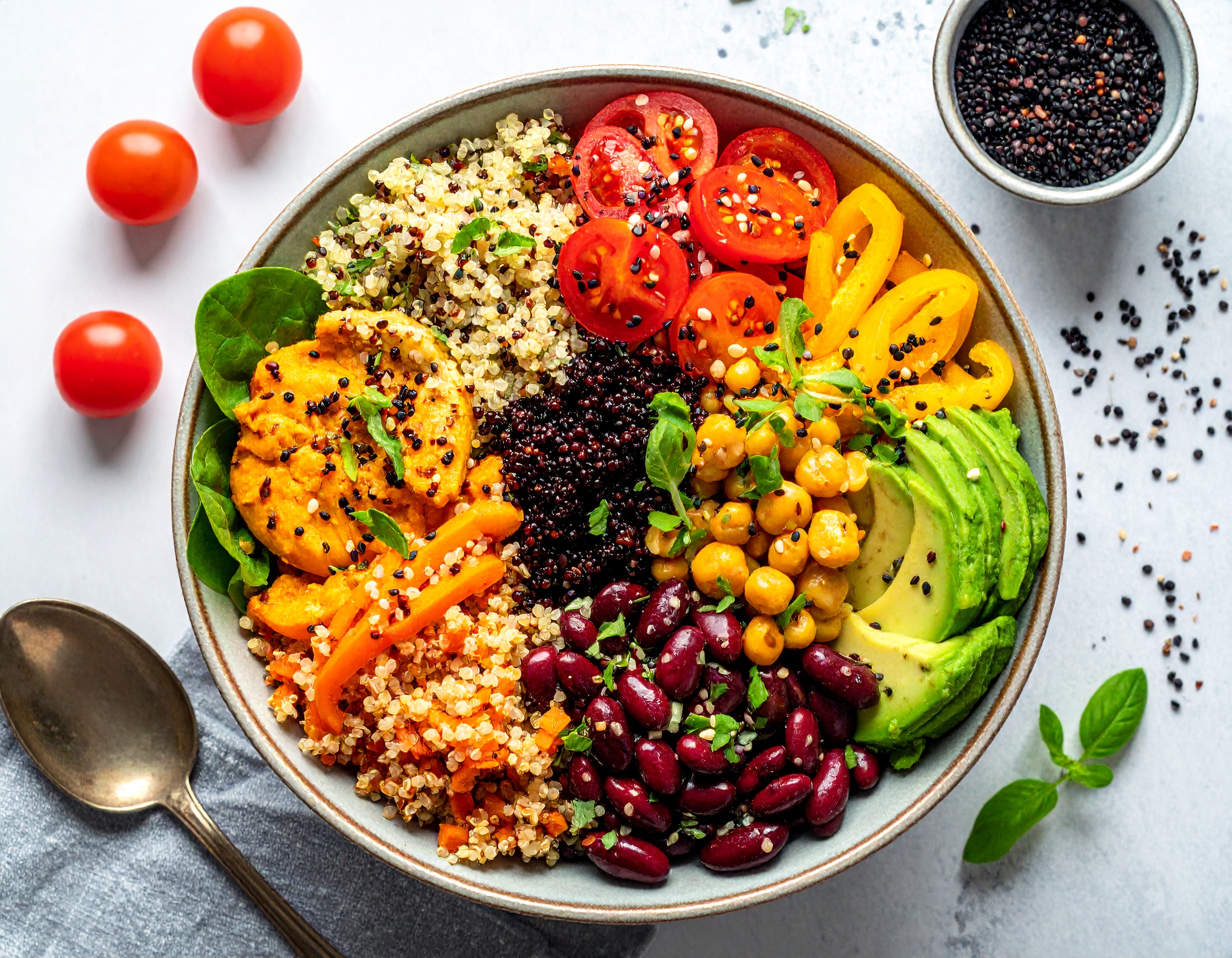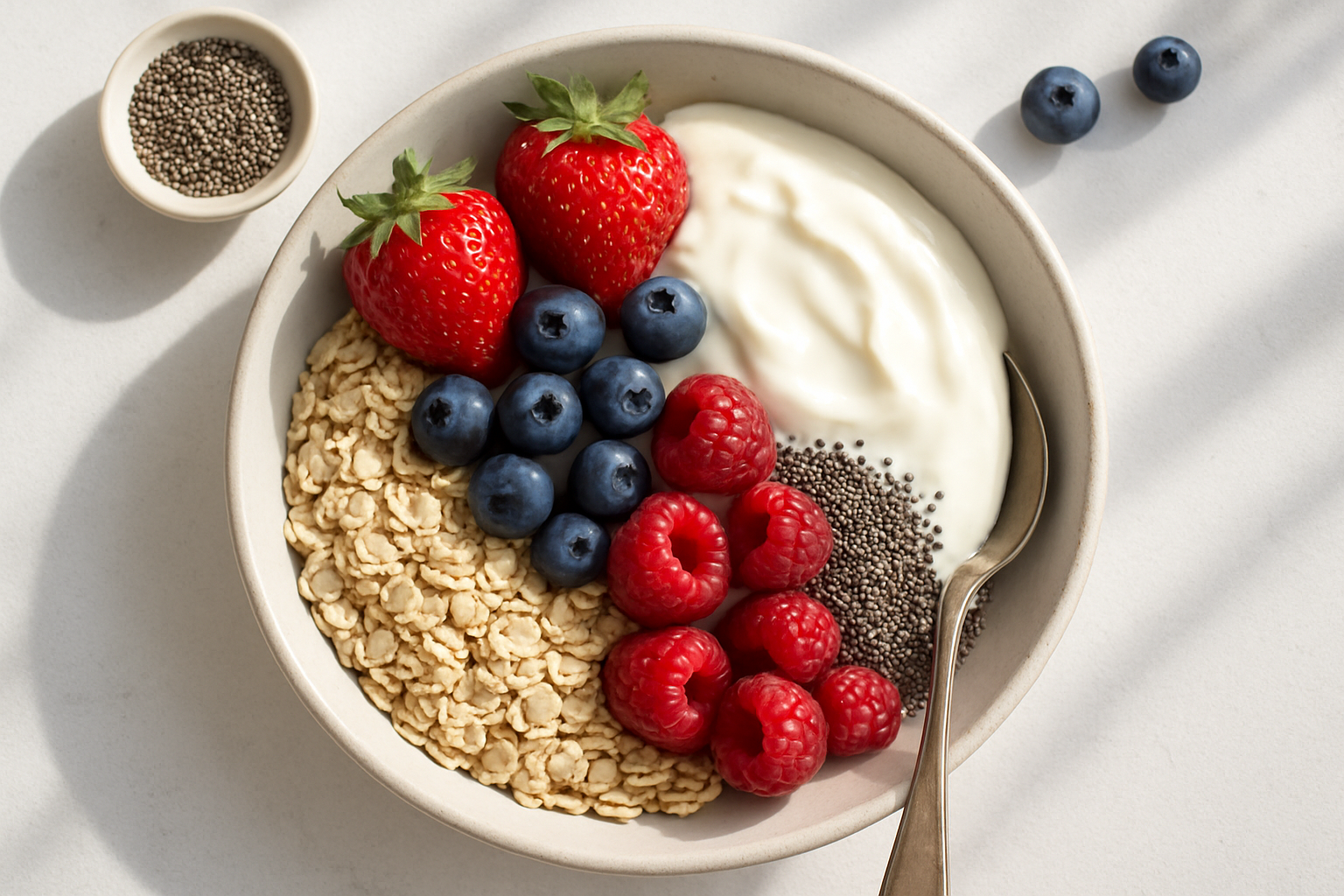A whole‑food plant‑based (WFPB) approach centers unrefined plants and scales down ultra‑processed foods. The big wins come from fiber, micronutrients, and a higher fullness per calorie.
What’s on the plate
Vegetables, fruit, legumes, whole grains, nuts, and seeds in recognizable forms. Oils, salts, and sugars can be used lightly for taste. Ultra‑processed snacks, sweets, and refined grains move to the background.

Likely effects
Higher fiber supports digestion and more stable blood sugar. Micronutrients and phytonutrients rise because variety is built in. Many people naturally eat fewer calories without counting, simply due to volume and fiber.
Common gaps and fixes
Be intentional with vitamin B12 (supplement), and consider iodine (iodized salt) and omega‑3 ALA (flax, chia, walnuts). If you avoid soy, use other protein anchors like beans, lentils, or seitan.

Eating out and travel
Look for bowls, salads with legumes, and grain‑based sides. Ask for sauces on the side to tune salt and oil. Keep a small snack—nuts or roasted chickpeas—for long days.
Takeaway
WFPB shifts your defaults away from ultra‑processed options and toward foods that keep you full and well‑nourished.


















